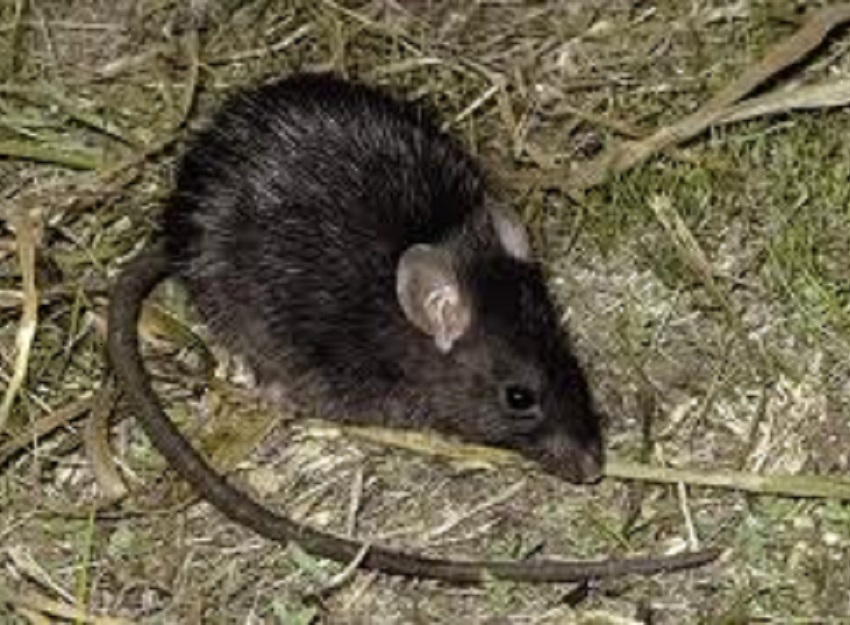Name: Black rat
Common name: Black rat
Local name: Jird Aswad
Scientific name: Rattus rattus
Size: 16
Habitat:
Black rats adapt to a wide range of habitats. In urban areas they are found around warehouses, residential buildings, and other human settlements. They are also found in agricultural areas, such as in barns and crop fields. In urban areas they prefer to live in dry upper levels of buildings, so they are commonly found in wall cavities and false ceilings. In the wild, black rats live in cliffs, rocks, the ground, and trees. They are great climbers and prefer to live in trees, such as pines and palm trees. Their nests are typically spherical and made of shredded material, including sticks, leaves, other vegetation, and cloth. In the absence of trees, they can burrow into the ground. Black rats are also found around fences, ponds, riverbanks, streams, and reservoirs
Habits:
Black rats are considered omnivores and eat a wide range of foods, including seeds, fruit, stems, leaves, fungi, and a variety of invertebrates and vertebrates. They are generalists, and thus not very specific in their food preferences. They eat about 15 grams per day and drink about 15 millilitres per day. Their diet is high in water content. They are a threat to many natural habitats because they feed on birds and insects. They are also a threat to many farmers since they feed on a variety of agricultural-based crops, such as cereals, sugar cane, coconuts, cocoa, oranges, and coffee beans.
Distribution:
The black rat originated in India and Southeast Asia, and spread to the Near East and Egypt, and then throughout the Roman Empire, reaching Great Britain as early as the 1st Century. Europeans subsequently spread it throughout the world. The black rat is again largely confined to warmer areas
Description:
Length: 16-22 cm, Tail length: 19- 26 cm, Weight: 70-300g.
Many individuals of this species are black in colour with a lighter coloured ventral abdomen. The species is often divided into subspecies based on colour patterns which can occur in any combination of black, white, gray and agouti. The scull and nasal bones are relatively narrow. One of the best ways to differentiate between R. rattus and R. norvegicus, is that R. rattus has a finer covering of hair, a lighter scull and a little differently shaped upper first molar.







